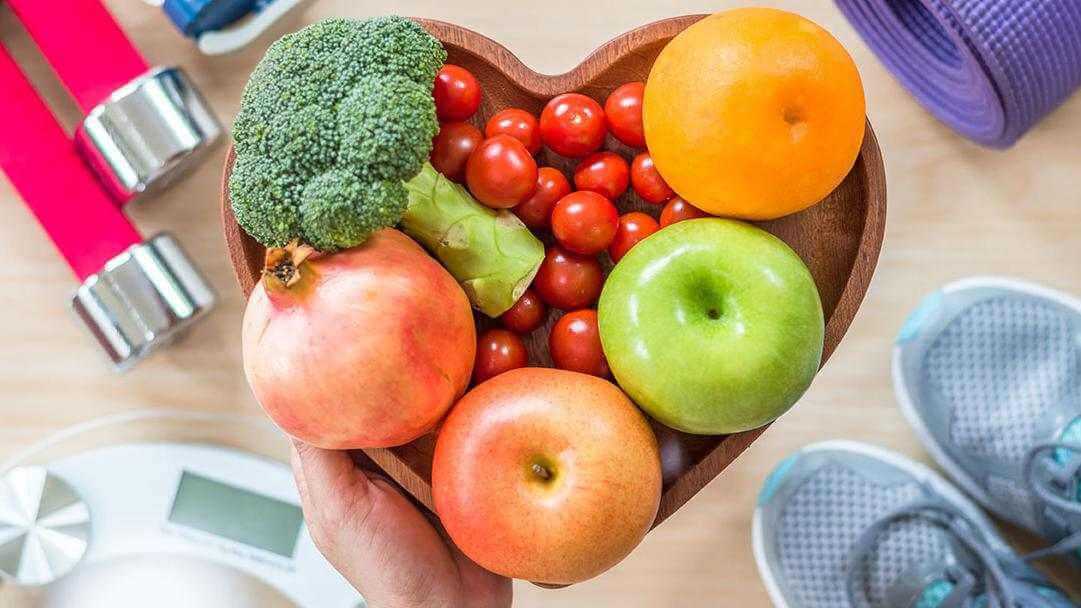Heart-Healthy Living

Heart disease is the No. 1 killer of women, killing more women than all forms of cancer combined. Learn what it means to Go Red to help you fight back:
G: GET YOUR NUMBERS
Find a doctor and have regular wellness exams to check your blood pressure, cholesterol, blood sugar and heart rate.
O: OWN YOUR LIFESTYLE
Take control. Stop smoking, lose weight, exercise, and eat healthy.
R: REALIZE YOUR RISK
We think it won’t happen to us, but heart disease kills one of three women.
E: EDUCATE YOUR FAMILY
Make healthy food choices for you and your family.
The American Heart Association Diet and Lifestyle Recommendations
- Eat a variety of fresh, frozen and canned vegetables and fruits without high-calorie sauces or added salt and sugars. Replace high-calorie foods with fruits and vegetables.
- Choose fiber-rich whole grains for most grain servings.
- Choose poultry and fish without skin and prepare them in healthy ways without added saturated and trans fat. If you choose to eat meat, look for the leanest cuts available and prepare them in healthy and delicious ways.
- Eat a variety of fish at least twice a week, especially fish containing omega-3 fatty acids (for example, salmon, trout and herring).
- Select fat-free (skim) and low-fat (1%) dairy products.
- Avoid foods containing partially hydrogenated vegetable oils to reduce trans fat in your diet.
- Limit saturated fat and trans fat and replace them with the better fats, monounsaturated and polyunsaturated. If you need to lower your blood cholesterol, reduce saturated fat to no more than 5 to 6 percent of total calories. For someone eating 2,000 calories a day, that’s about 13 grams of saturated fat.
- Cut back on beverages and foods with added sugars.
- Choose foods with less sodium and prepare foods with little or no salt. To lower blood pressure, aim to eat no more than 2,300 milligrams of sodium per day. Reducing daily intake to 1,500 mg is desirable because it can lower blood pressure even further. If you can’t meet these goals right now, even reducing sodium intake by 1,000 mg per day can benefit blood pressure.
- If you drink alcohol, drink in moderation. That means no more than one drink per day if you’re a woman and no more than two drinks per day if you’re a man.
- Increase the amount and intensity of your physical activity to burn more calories.
- Aim for at least 150 minutes of moderate physical activity or 75 minutes of vigorous physical activity (or an equal combination of both) each week.
Bottom line, prevention is key. A healthy diet and lifestyle is your defense against cardiovascular disease. You are never too old or too young to start taking care of your heart!
Warning: Trying to access array offset on value of type bool in /data/8/5/96/149/5585801/user/6684105/htdocs/wp-content/themes/flatsome/inc/shortcodes/share_follow.php on line 41
